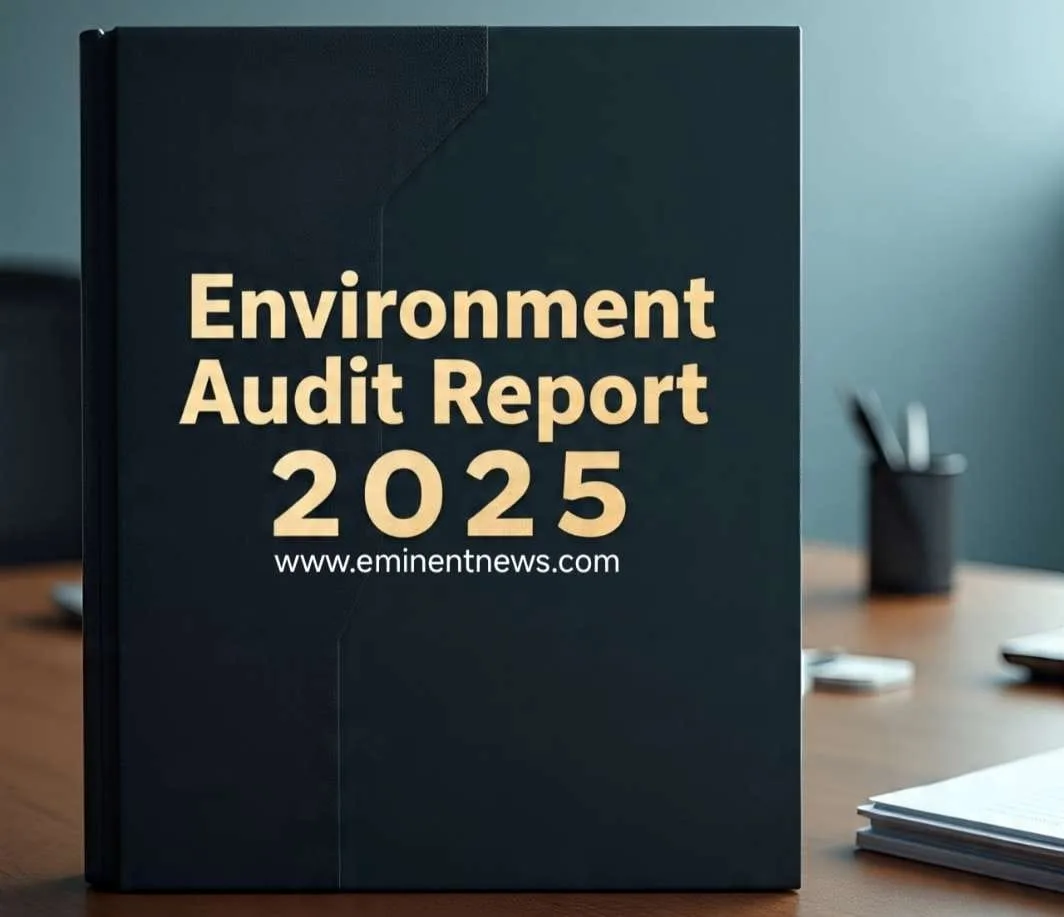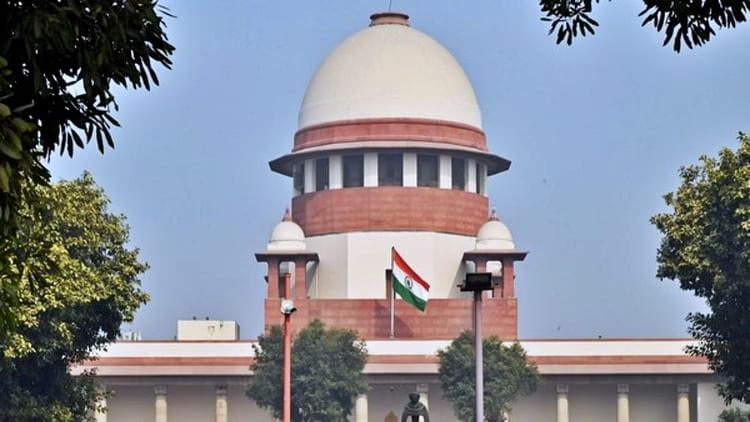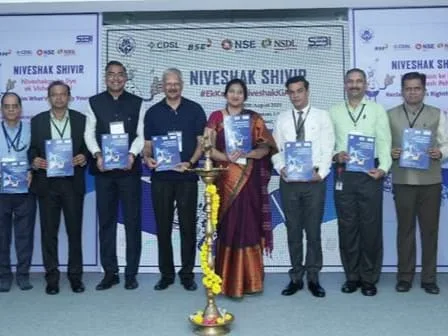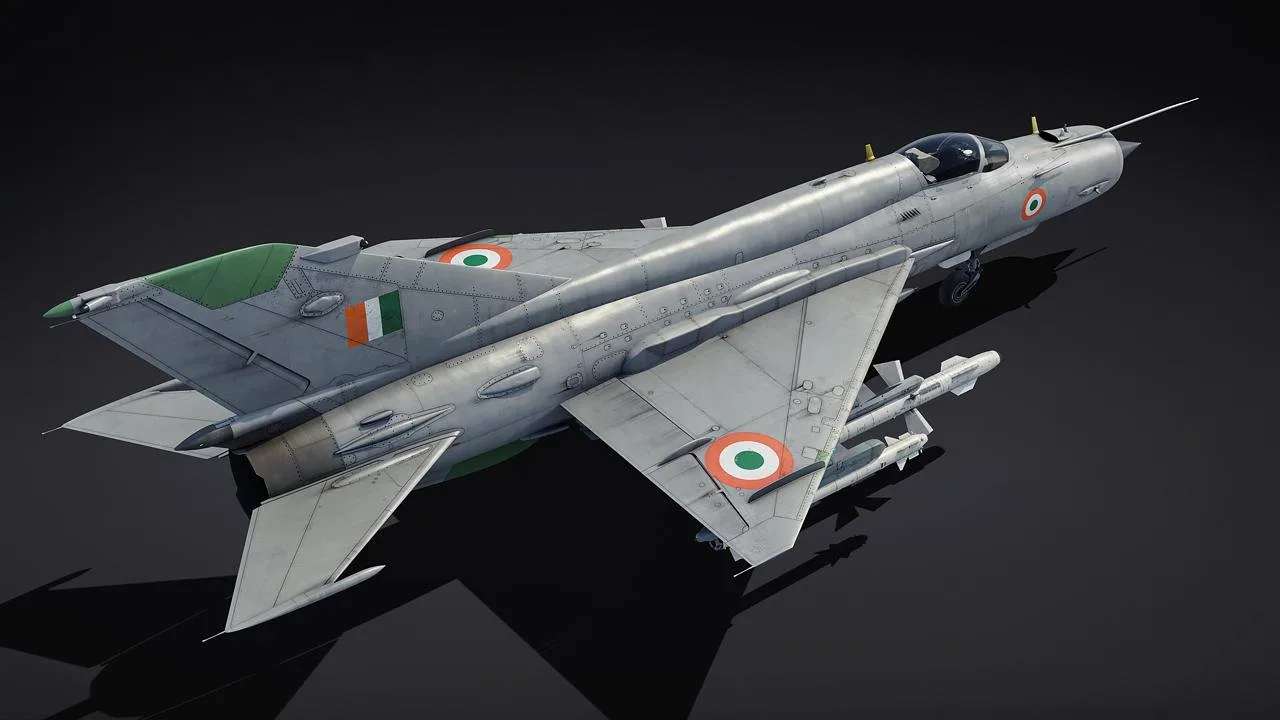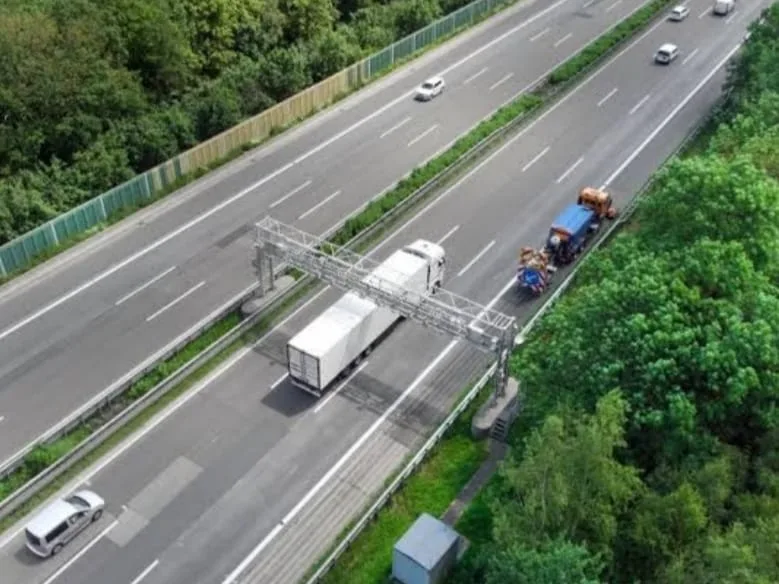Airspace violation rules are designed to ensure the safety and orderliness of air traffic. These rules vary by country but generally aim to prevent unauthorized entry into controlled airspace, restricted areas, and other protected zones .
General Principles of Airspace Violation Rules:
- Authorization Required: Aircraft must obtain proper authorization from air traffic control (ATC) to enter controlled airspace, such as that around airports or along designated airways .
- Adherence to Flight Plans: Pilots must adhere to their filed flight plans, including routes, altitudes, and speeds, unless explicitly cleared by ATC for deviations .
- Transponder Use: Aircraft operating in controlled airspace are typically required to have a functioning transponder to broadcast their identity and altitude to ATC .
- Restricted Areas: Pilots must avoid entering restricted areas, prohibited areas, and danger areas unless they have obtained specific permission from the controlling authority .
- Temporary Flight Restrictions (TFRs): Pilots must be aware of and comply with TFRs, which are temporary restrictions imposed for reasons such as special events, emergencies, or security concerns .
- Air Defense Identification Zones (ADIZ): Aircraft entering an ADIZ must follow specific procedures for identification and reporting to avoid potential interception .
- Unmanned Aircraft Systems (UAS): Drones and other unmanned aircraft systems must comply with specific regulations regarding airspace access, altitude limits, and operating restrictions .
Consequences of Airspace Violations:
- Warning and Counseling: In some cases, pilots who unintentionally violate airspace may receive a warning and counseling from aviation authorities .
- Suspension or Revocation of Pilot License: More serious or repeated violations can result in the suspension or revocation of a pilot’s license .
- Civil Penalties: Fines and other civil penalties may be imposed for airspace violations .
- Criminal Charges: In egregious cases, airspace violations can lead to criminal charges, particularly if they involve reckless or intentional misconduct .
- Interception: Military aircraft may intercept civilian aircraft that violate airspace, especially in sensitive areas or during heightened security conditions .
Specific Considerations:
- Inadvertent Violations: Pilots who inadvertently violate airspace should immediately contact ATC to report the deviation and receive further instructions .
- Emergency Situations: In emergency situations, pilots may deviate from standard procedures to ensure the safety of the aircraft and its occupants, but they should notify ATC as soon as possible .
- International Airspace: When operating in international airspace, pilots must comply with the rules and procedures established by the International Civil Aviation Organization (ICAO) and the relevant national authorities .
Airspace Violation by Drones:
- Altitude and Distance Restrictions: Drones are typically restricted to flying below a certain altitude (e.g., 400 feet) and must maintain a safe distance from airports and other sensitive areas .
- Registration and Marking: Drones may be required to be registered and marked with identification information .
- Remote Identification (RID): Many jurisdictions require drones to have Remote ID capabilities, broadcasting their location and identification information to authorities and other airspace users .
- No-Fly Zones: Drones are prohibited from operating in certain areas, such as near airports, military bases, and critical infrastructure .
- for world news click www.eminentnews.com


